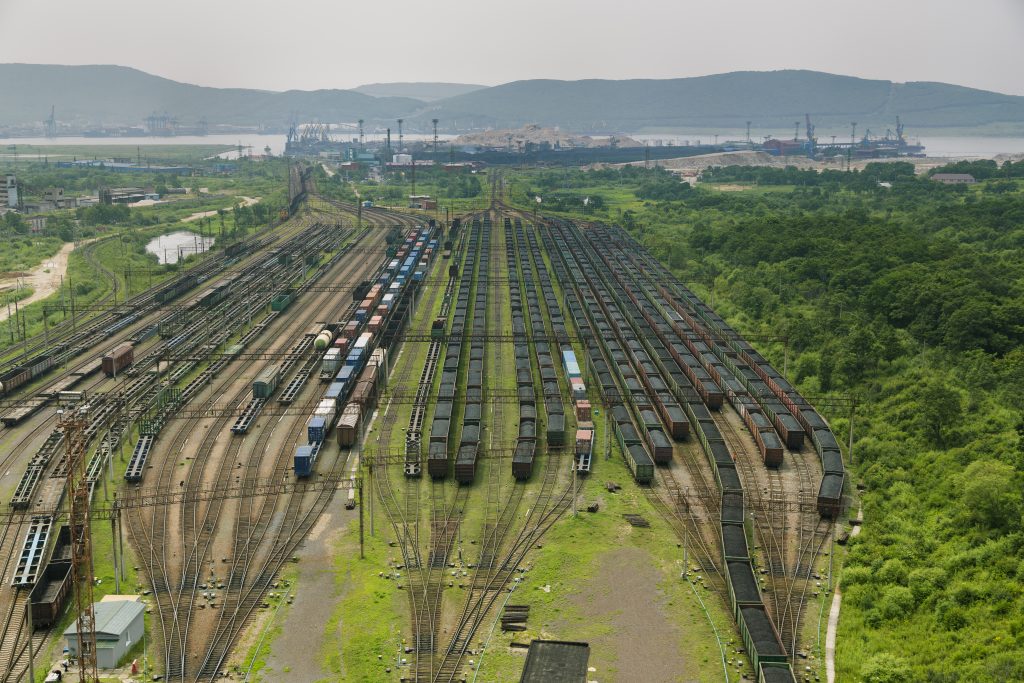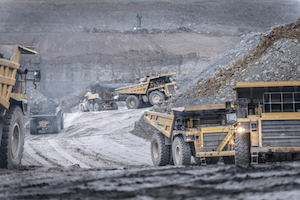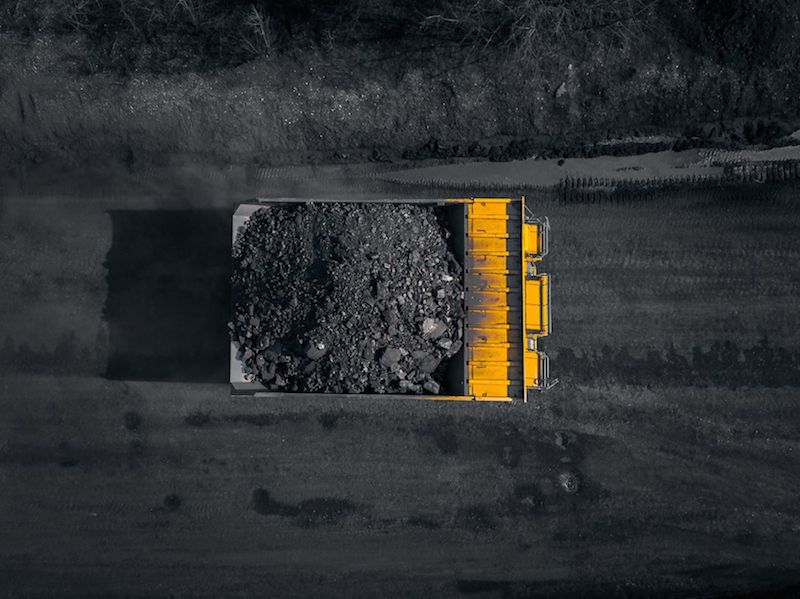

(CAA Analytics) Russian Railways (RZD) expects its overall shipments may not reach the planned volumes in 2020-2025.
According to experts, the company will transport only 7.7 billion t in 2020-2025, which is 824.4 mio t less than the long-term development program indicators and 1.4 billion t less than the volumes under the optimistic scenario. Reduced revenues and profits will lead to 1.8 trillion RUR (25 billion USD) shortage of funds for its investment program.
RZD proposes the following measures to compensate for the shortfall in revenues, squeezing margins for Russian coal producers:
· State subsidy for export shipments of coal worth 55 billion RUR per year (760 mio USD). Thus RZD plans to receive 40 billion RUR (550 mio USD) of annual revenues. According to the company, its coal transportation business in 2019 resulted in a loss of 54.7 billion RUR (755 mio USD).
· Revision of non-discriminatory access rules (15.8 billion RUR per year or 218 mio USD) and cancellation of 0.4 distance-based decreasing ratio, which will raise the cost of coal transportation (42.5 billion RUR per year or 586 mio USD).
· Cancellation of empty run discounts for railcars with increased load capacity (4.5 billion RUR per year or 63 mio USD).
Cancellation of distance-based ratio discount may damage coal business, impeding the growth in coal exports, while abolishment of empty run discount for railcars with increased load capacity can cause serious harm to the innovative railcar building industry. Market participants doubt that the state budget will be able to provide coal producers with a subsidy that might satisfy even a part of RZD requests. Cancellation of special tariffs for railcars with increased capacity will lead to a deterioration in freight traffic at the Eastern range, since these railcars provide an opportunity for coal suppliers to increase export shipments. Some experts believe that currently RZD has no need for additional income: instead, it makes sense to cut costs, as all other companies do.
In 2018, RZD already faced the shortage of investments, amounting to 389 billion RUR (5.3 billion USD). Then, the company raised empty run tariff to compensate for the fall in revenues.
Source: CAA Analytics
Follow CAA on Twitter:
[tfws username=”CAA_Analytics” height=”700″ width=”350″ theme=”light” color=”#FAB81E” tweets=”2″ header=”yes” footer=”yes” borders=”yes” scrollbar=”yes” background=”yes”]













